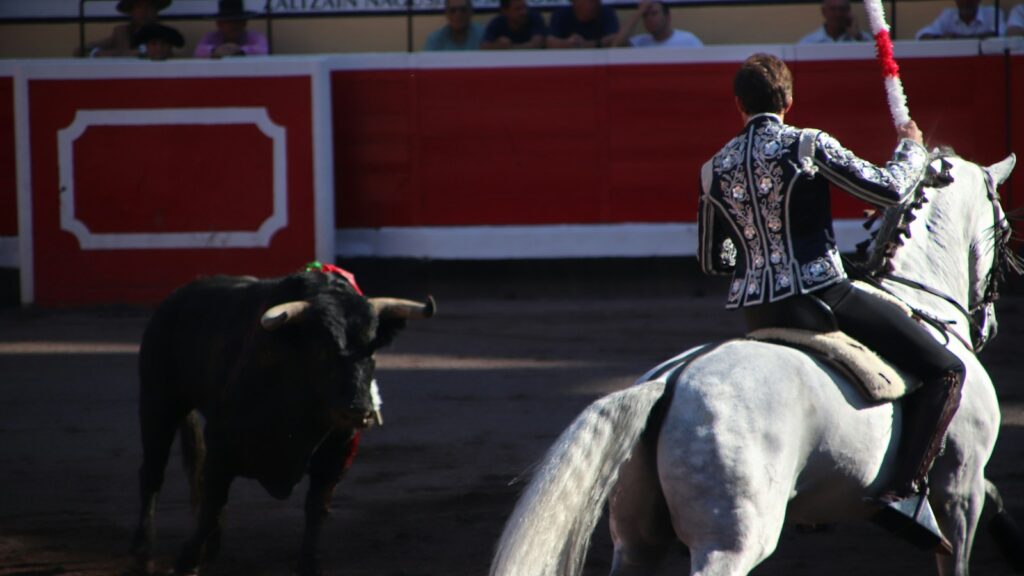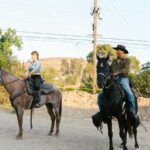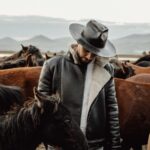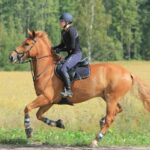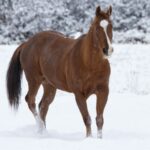Rodeo, with its rich heritage deeply rooted in American Western culture, represents more than just a sport—it’s a celebration of skills that once defined everyday work on ranches across the frontier. Today’s rodeo athletes face a unique set of physical, mental, and emotional challenges as they compete in events that test both human skill and animal power. From the lightning-fast calculations needed in calf roping to the split-second decisions made atop a bucking bronc, these competitors navigate obstacles that few other athletes encounter. This article explores the most common challenges rodeo riders face across various events, highlighting the extraordinary blend of courage, technique, and tradition that defines this distinctive sporting culture.
The Physical Toll of Impact and Injury
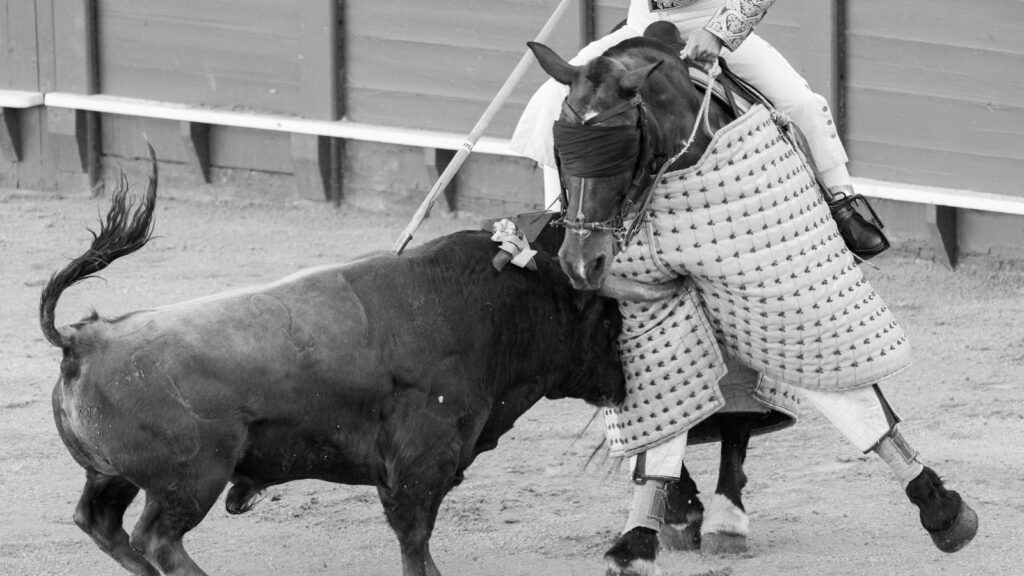
Perhaps the most immediate challenge facing rodeo competitors is the constant physical punishment their bodies endure. Unlike most sports where impact is occasional, rodeo athletes can expect hard landings, violent jolts, and potential collisions with animals weighing up to 2,000 pounds during every performance. Repetitive trauma leads to a unique profile of injuries, including dislocated shoulders, torn ligaments, broken bones, and concussions that have become almost expected hazards of the profession. Many riders compete while managing multiple existing injuries, creating a culture where performing through pain is normalized. Statistics from sports medicine research suggest that rodeo has one of the highest injury rates of any competitive activity, with nearly 90% of professional riders experiencing at least one significant injury during their careers.
Mastering the Eight-Second Ride
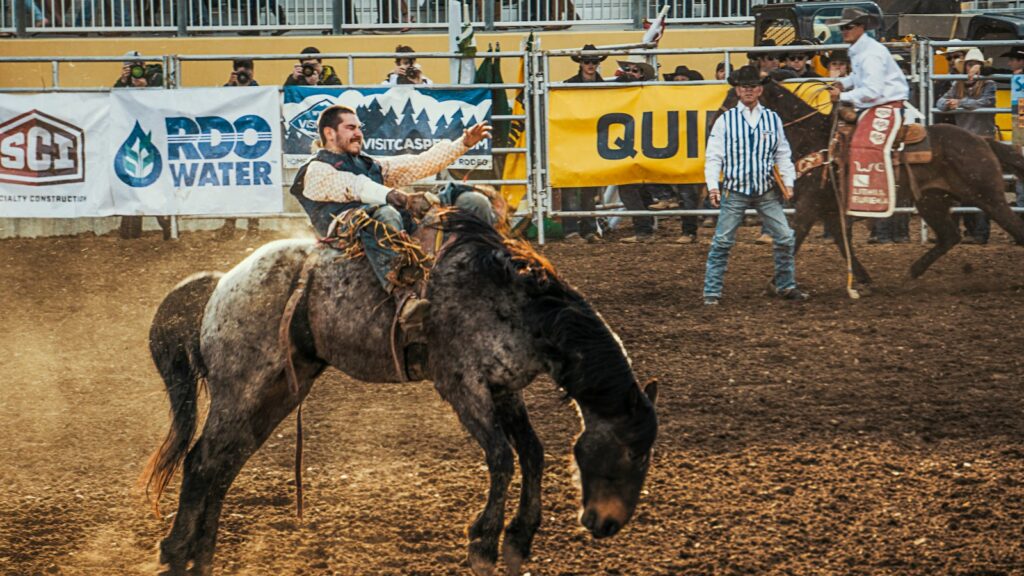
In rough stock events like bull riding, bareback riding, and saddle bronc, competitors face the daunting challenge of staying mounted on a powerfully bucking animal for a minimum of eight seconds. This short timeframe represents an eternity when balanced atop an animal using every means possible to dislodge its rider. Riders must maintain proper form while their bodies are violently whipped in multiple directions, requiring extraordinary core strength, balance, and proprioception. The scoring system adds additional pressure, as judges evaluate not just completion of the ride but the quality of the rider’s technique and control throughout those crucial eight seconds. Competitors often describe the mental challenge of making every second count while simultaneously preparing for a safe dismount, knowing that the most dangerous moment often comes after the buzzer sounds.
The Unpredictability of Animal Athletes
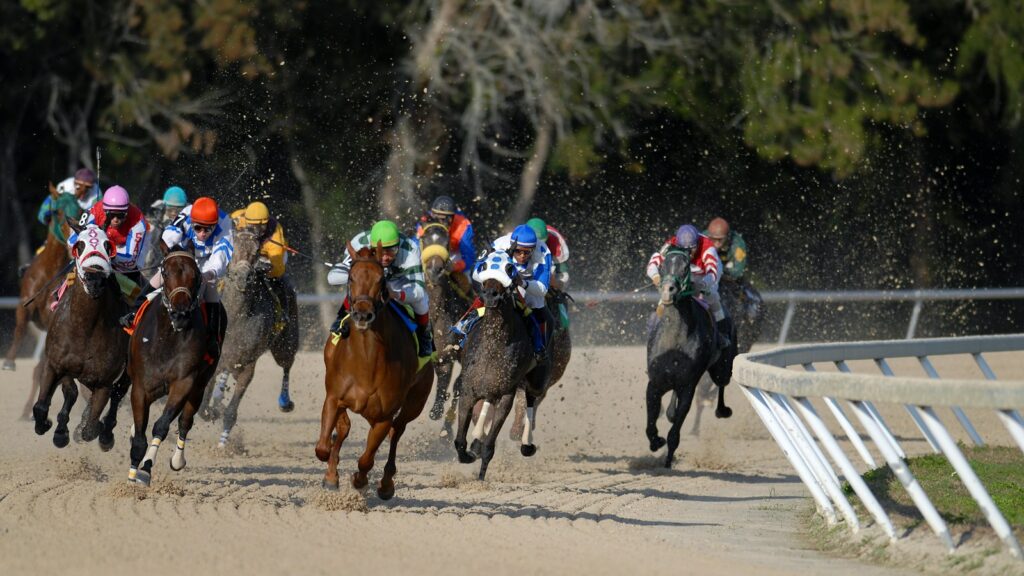
Unlike sports with standardized equipment or playing fields, rodeo competitors must adapt to the unpredictable nature of their animal athletes. Each horse, bull, or calf brings unique movement patterns, temperaments, and behaviors that can change from one moment to the next. Professional riders spend years studying animal behavior and movement patterns, yet still face the challenge of making split-second adjustments when an animal reacts unexpectedly. The stock draw system means competitors often have little or no experience with their specific animal partner before the competition, creating a significant unknown variable. This unpredictability extends beyond the ride itself to the moments before and after, when animals may refuse to enter chutes, change behavior patterns suddenly, or react differently to the arena environment than in practice sessions.
Developing Mental Toughness and Fear Management
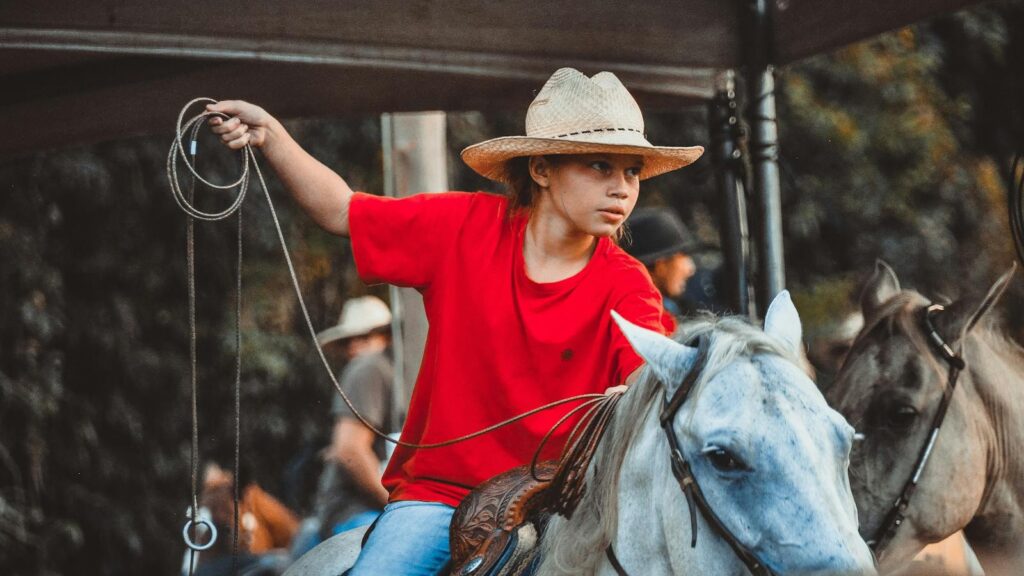
The psychological demands of rodeo competition create challenges that extend far beyond physical skill. Riders must develop exceptional fear management techniques to willingly place themselves in high-risk situations repeatedly. The anticipation phase—waiting in the chute as the animal beneath them becomes increasingly agitated—creates intense psychological pressure that must be channeled productively. Many competitors describe developing personal rituals and mental focusing techniques that allow them to override natural fear responses. The sport’s culture historically discouraged acknowledging fear, though modern sports psychology has introduced more sophisticated approaches to mental preparation. Competitors who excel typically develop what psychologists call “stress resilience”—the ability to perform optimally under conditions that would trigger fight-or-flight responses in most people.
The Challenge of Consistency in Timed Events
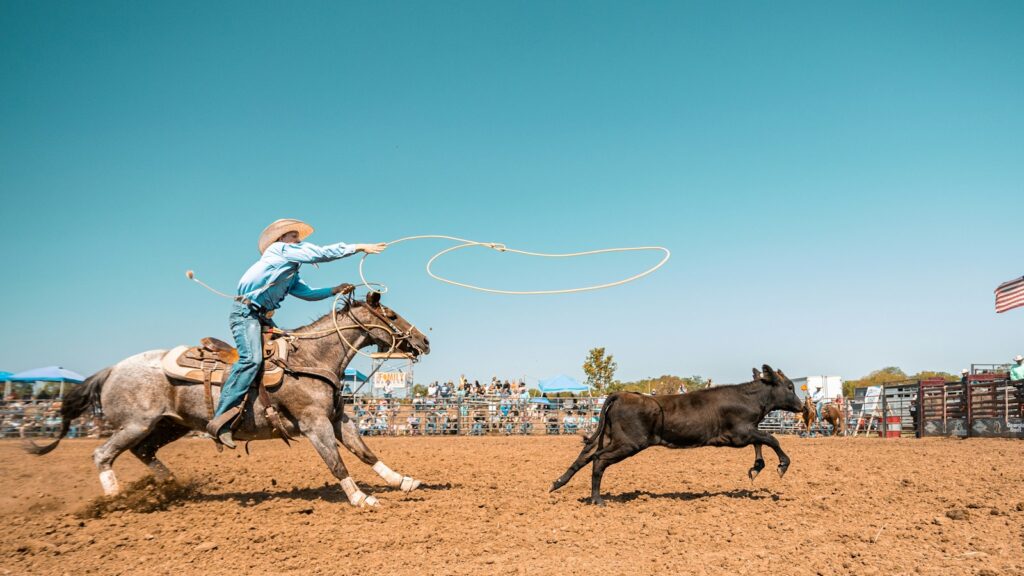
In timed events like team roping, steer wrestling, and tie-down roping, competitors face the challenge of performing complex physical sequences with perfect consistency under varying conditions. The margin for error in these events is measured in hundredths of seconds, with championships often decided by timing differences imperceptible to spectators. Riders must develop muscle memory for precise movements while simultaneously adapting to differences in animal behavior, arena conditions, and equipment variables. Weather conditions add another layer of complexity, as rain can transform arena footing from ideal to treacherous within minutes. Many professionals describe the mental challenge of maintaining focus on technique rather than outcomes, particularly when competing for substantial prize money or championship standings where a single missed loop or slow dismount can cost thousands of dollars.
Financial Instability and Travel Demands
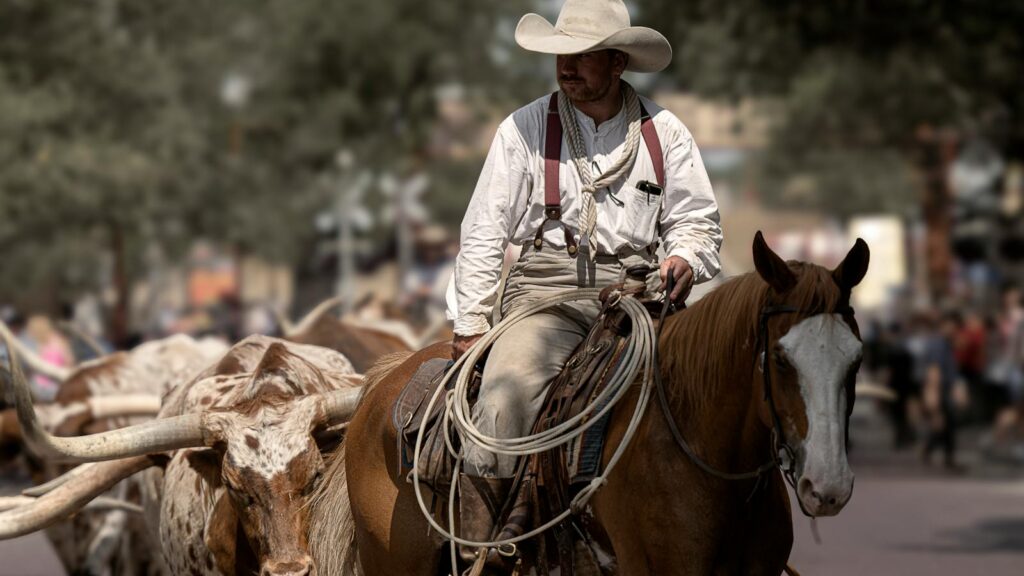
The economic structure of rodeo creates financial challenges that affect competitors’ ability to train and perform consistently. Unlike salaried athletes in team sports, rodeo competitors typically pay entry fees for the opportunity to compete, with no guaranteed return on investment. The necessity of traveling to multiple events—often covering thousands of miles weekly—creates substantial costs for transportation, lodging, and equipment maintenance. Even successful competitors experience significant income volatility, with earnings depending on performance, draw quality, and sometimes luck. The financial pressure can compound technical challenges, as riders may feel compelled to compete while injured or take risks they might otherwise avoid. This economic reality creates a selection process where psychological resilience becomes as important as physical skill in determining long-term success.
Equipment Management and Adaptation
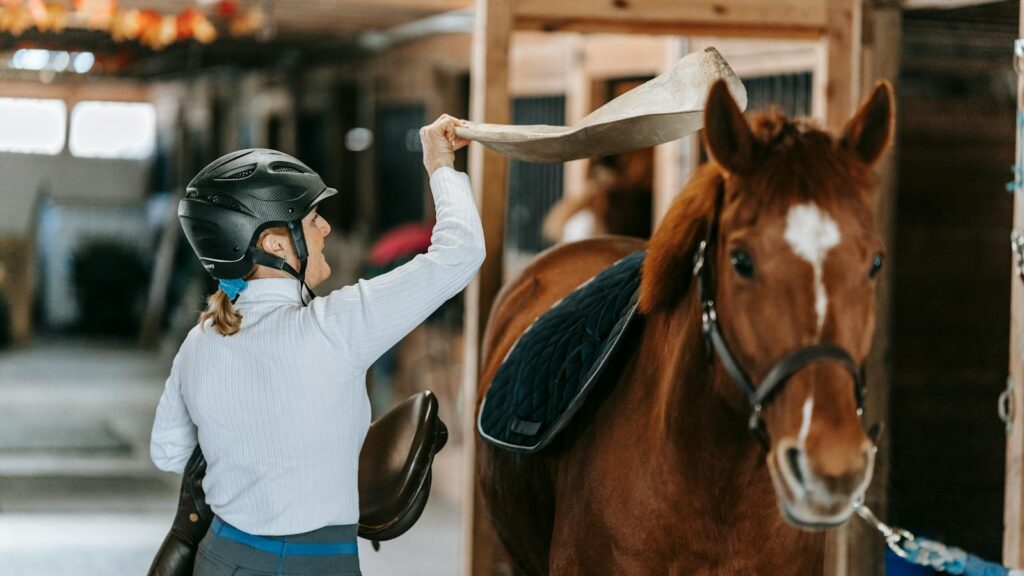
Rodeo athletes face unique equipment challenges that require constant adaptation and maintenance. Riders must customize gear to their specific body mechanics while ensuring compliance with increasingly detailed regulatory standards. Equipment failure during competition can result not only in poor performance but potentially catastrophic injury, creating significant pressure for meticulous preparation. Temperature and humidity variations between events require adjustments to rope tension, leather flexibility, and attachment systems. Many competitors describe developing an almost superstitious attention to equipment preparation routines, knowing that even minor variations can affect performance outcomes. The financial investment in quality equipment creates additional pressure, as custom saddles, protective gear, and specialized ropes represent substantial expenses that must be maintained under harsh conditions.
Women’s Event-Specific Challenges
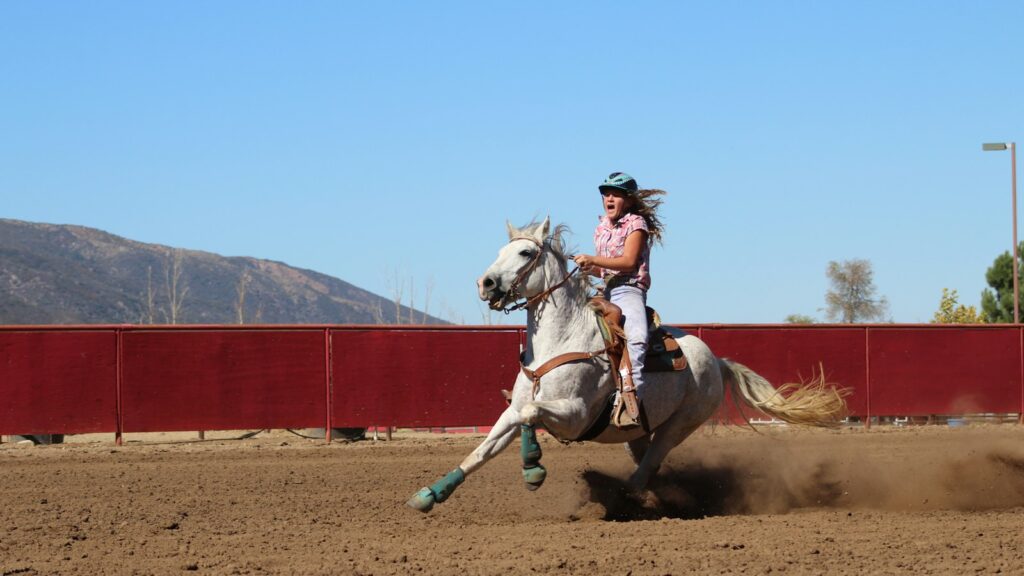
Female rodeo competitors face distinct challenges within the sport’s traditionally male-dominated culture. Women’s events like barrel racing require extraordinary horsemanship skills, with success depending on the development of seamless communication between rider and horse. The centrifugal forces experienced during barrel turns create unique physical demands, requiring specific core strength development and balance techniques. Female competitors often navigate gender-based assumptions about physical capability while addressing practical challenges like finding appropriately designed protective equipment. The historical evolution of women’s participation in rodeo has created ongoing discussions about event access, with organizations like the Women’s Professional Rodeo Association advocating for expanded competitive opportunities. Many successful female competitors describe the additional challenge of balancing the traditional demands of family responsibilities with the intensive travel required for professional competition.
The Challenge of Injury Recovery
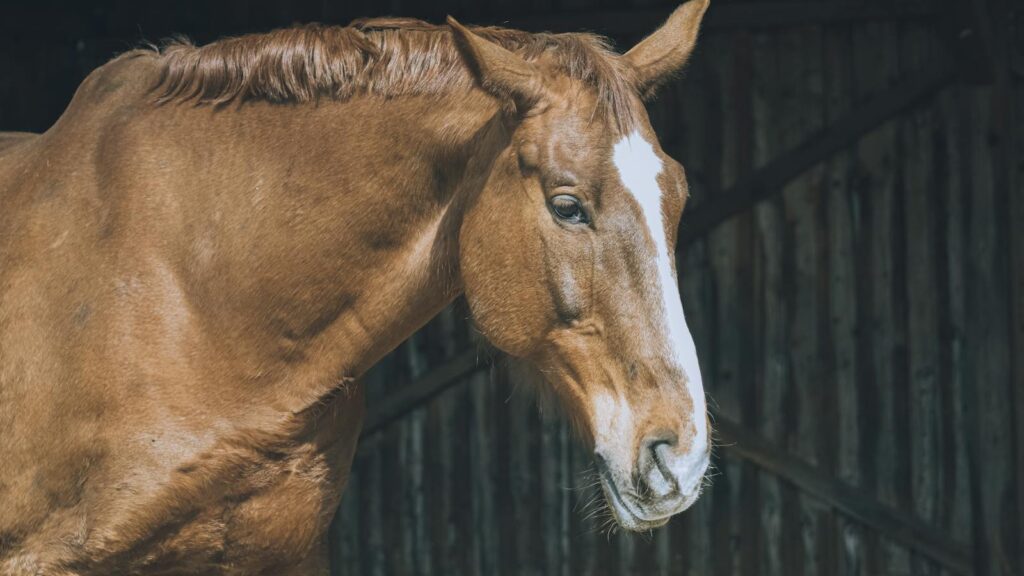
The recovery process following rodeo injuries presents distinct challenges compared to other athletic pursuits. The economic pressure to return to competition quickly often conflicts with medical recommendations, creating difficult risk-benefit calculations for injured riders. The independent contractor status of most competitors means limited access to health insurance or consistent medical care, potentially compromising recovery quality. Many riders develop relationships with specialized sports medicine professionals who understand the unique demands of rodeo events and can provide targeted rehabilitation protocols. The psychological aspect of returning to competition after a serious injury represents perhaps the greatest challenge, requiring competitors to rebuild confidence in situations very similar to those that caused the previous trauma.
Animal Welfare Considerations and Public Perception
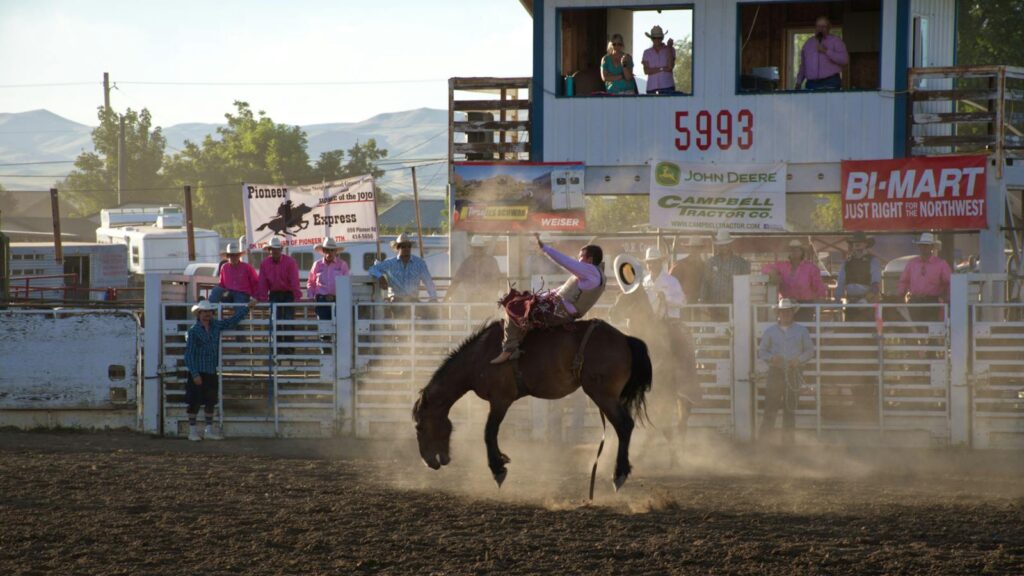
Modern rodeo competitors face increasing challenges related to animal welfare considerations and changing public perceptions of the sport. Professional riders must demonstrate a commitment to humane treatment while educating the public about standard practices and animal care protocols. The evolution of equipment design, rule modifications, and veterinary oversight has created a more complex competitive environment requiring additional knowledge and adaptation. Many competitors describe the frustration of addressing misconceptions about the sport from those unfamiliar with the substantial investments made in animal health and safety. Professional organizations increasingly emphasize the importance of competitors serving as ambassadors for rodeo traditions while acknowledging legitimate welfare concerns, creating an additional layer of responsibility beyond pure athletic performance.
Time Management and Seasonal Planning
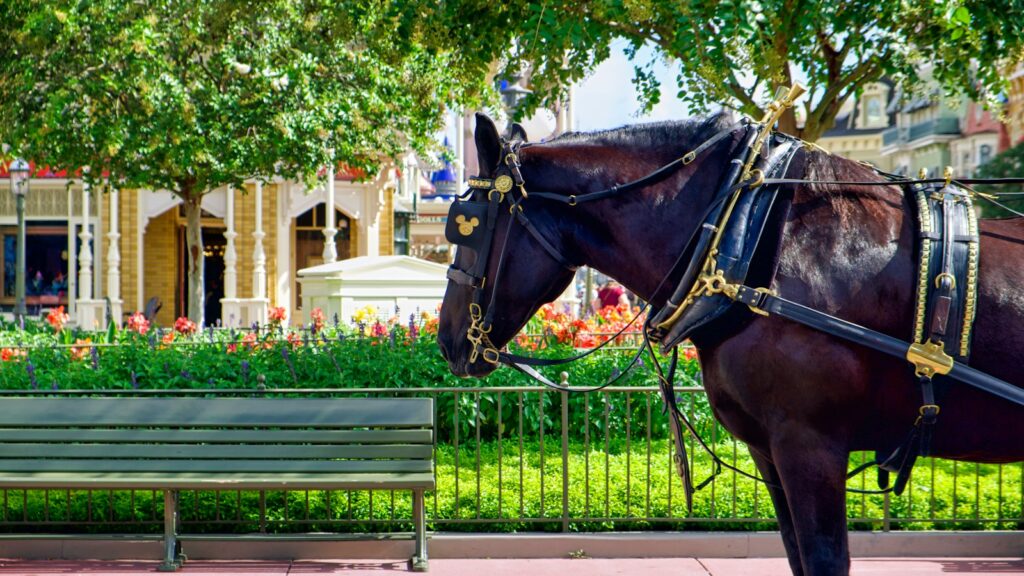
The rodeo calendar presents complex scheduling challenges that affect competitors’ ability to maximize earnings and championship points. Strategic decisions about which events to enter require balancing factors including travel efficiency, prize money opportunities, points systems, and qualification deadlines. The concentration of major events during the summer months creates an intense period where competitors may participate in multiple events weekly across vast geographic distances. This compressed schedule affects training consistency, recovery time, and equipment maintenance opportunities. Professional competitors describe developing sophisticated scheduling systems that account for variables ranging from drive times between venues to the performance histories of stock contractors at specific events.
Balancing Tradition with Technical Innovation
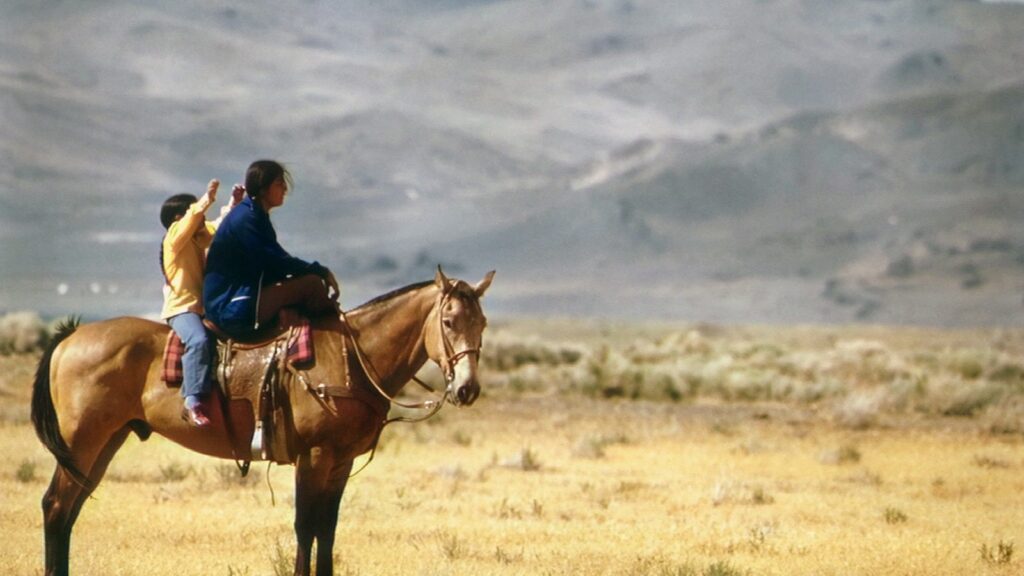
Rodeo competitors face the ongoing challenge of balancing the sport’s deep traditional roots with evolving technical approaches and equipment innovations. The culture places high value on techniques passed through generations, yet competitive pressure encourages adoption of advancements in areas like biomechanics, nutrition, and training methodologies. Many established competitors describe resistance encountered when introducing new approaches, particularly in events with deeply codified technical traditions like saddle bronc riding. The judging system for subjective events sometimes favor classical form over experimental approaches, creating tension between innovation and tradition. Successful competitors typically navigate this challenge by mastering fundamental techniques before selectively incorporating evidence-based innovations that maintain the spirit of traditional approaches while enhancing performance or safety margins.
Maintaining Longevity in a High-Impact Sport
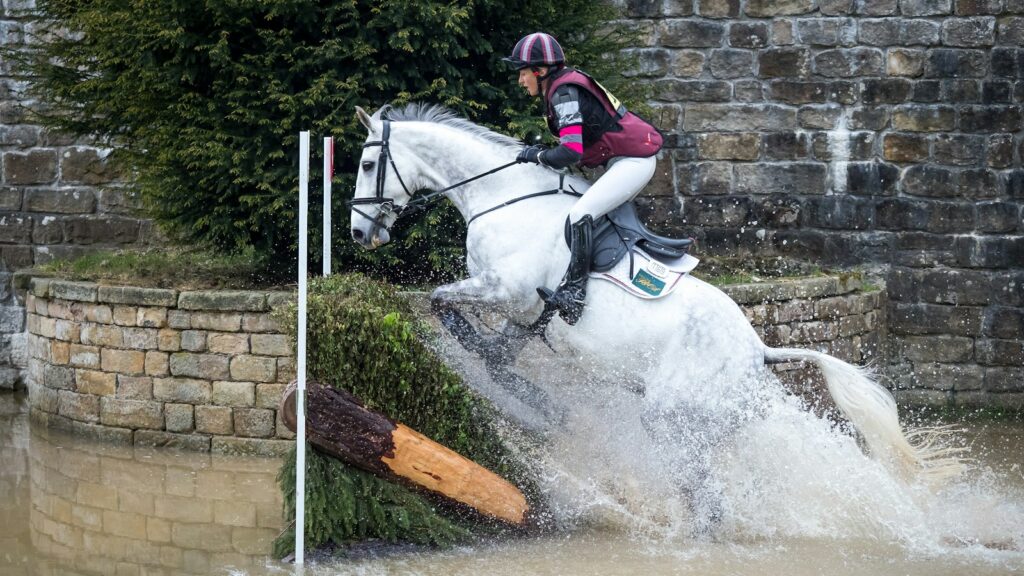
The challenge of career longevity represents perhaps the most fundamental issue facing rodeo competitors across all events. The cumulative impact of repetitive trauma creates physical limitations that typically shorten competitive careers compared to other professional sports. Riders must develop strategies for managing inevitable physical decline while maximizing competitive window opportunities. Successful veterans describe transitioning between events as their bodies change, often moving from impact-intensive rough stock events to technically-focused timed events that place different physical demands. The financial reality of rodeo competition creates pressure to extend careers despite increasing injury frequency, requiring sophisticated pain management approaches and selective competition schedules. Many competitors describe the psychological challenge of recognizing when to transition toward coaching, stock contracting, or other rodeo-adjacent roles as competitive capabilities diminish.
Conclusion
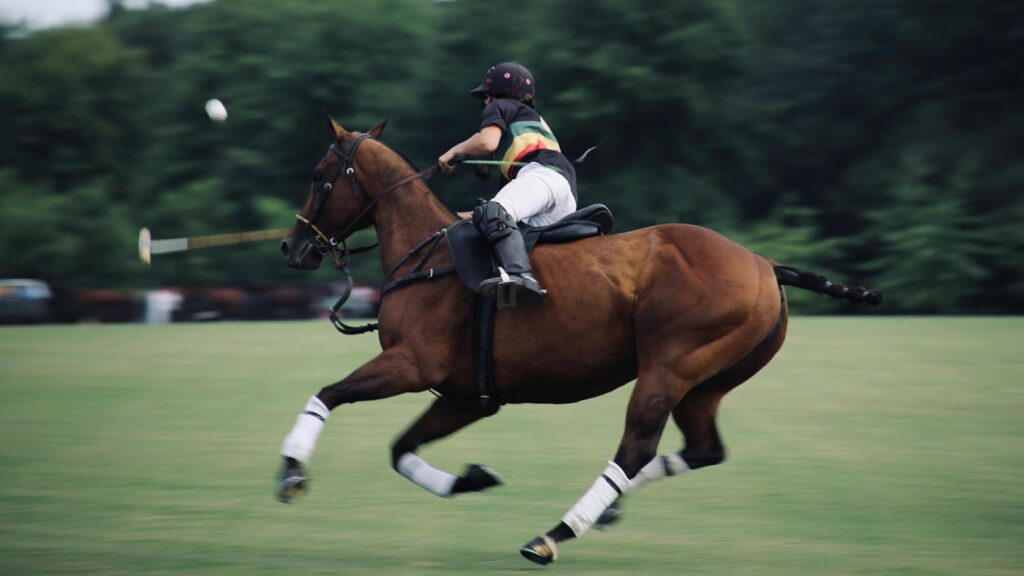
The challenges faced by rodeo competitors reflect the unique intersection of traditional skills, modern athletic demands, and human-animal partnership that defines this distinctive sporting culture. From the physical punishment endured during competition to the complex psychological demands of fear management, rodeo athletes navigate obstacles requiring extraordinary adaptability and resilience. While public perceptions of rodeo continue to evolve, the fundamental challenges of the sport remain rooted in the authentic skills that once defined working ranch life. Riders who succeed at the highest levels demonstrate not just physical talent but psychological fortitude, animal handling expertise, and a deep respect for the traditions they represent. As rodeo continues evolving to address modern concerns while honoring its heritage, these fundamental challenges will continue to test the extraordinary individuals drawn to this uniquely American sporting tradition.

